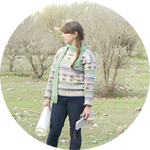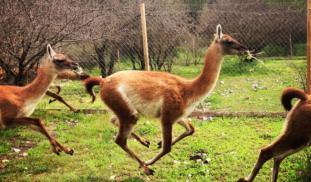581
0
0
Like?
Please wait...
About This Project
Residentes de Chile: Viene el Día de la Tierra! Si quiere hacer una donación en honor del Día de la Tierra (cualquier monto), indica esto en un mensaje con la donación, y le daremos una visita guiada al sector de Cascada de las Animas donde van los guanacos, en la primavera de 2017.
Phase two of Proyecto REGenera, restoring the "espinal" of Chile https://experiment.com/project...We will release guanacos in Cascada de las Ánimas Nature Sanctuary and monitor their socio-ecological impacts.


